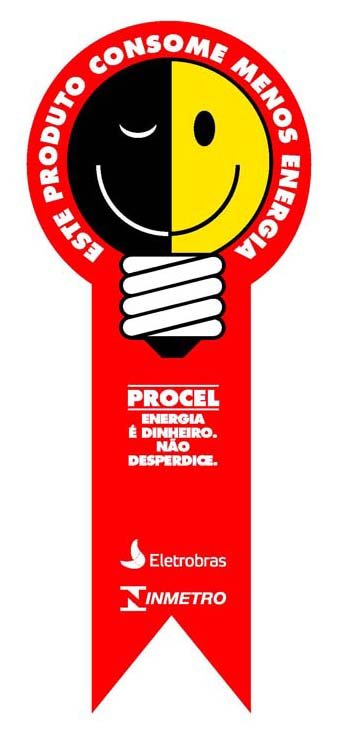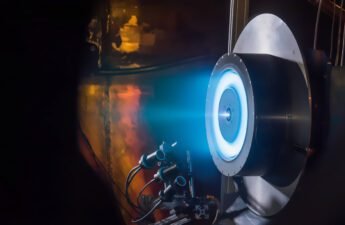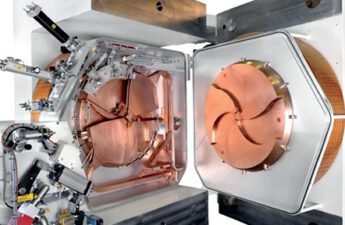The PROCEL is a program of Brazilian government, created on 30 December 1985 to reduce electrical energy waste and promote energetic efficiency. Consequently, reducing environmental impact.
PROCEL activities
PROCEL is the abbreviation of Programa de Conservação de Energia Elétrica (Electrical Energy Conservation Program). The program`s activities involve:
- Identify more efficient equipments and home appliances in energy consumption;
- Make recommendations and simulations to energy efficient use in buildings;
- Support prefectures in planning, implementation and improvement of street lighting;
- Reduce energy waste in industry and commerce with training, manuals and tools;
- Help public power in projects of efficient use of electricity and water;
- Spread knowledge about energetic efficiency.
The PROCEL seal
Created on 8 December 1993, serves to identify the most efficient products in energy consumption. The consumer who wishes to save electric energy can choose products with this seal.

The home appliances which can use this seal are: refrigerators, air conditioners, freezers, washing machines, microwave ovens, coolers and televisions. In lighting, the products which can have the PROCEL seal are: lamps and LED light fixtures, reactors, sodium vapor lamps and compact fluorescents. Other products include: electric motors, pumps, solar heating and photovoltaic systems.
Tag
Along with the seal, the home appliances carry this tag with information about voltage, energy consumption in KWh/mes (kilowatt-hour per month) and product efficiency, being that A is the most efficient and G the least efficient. In the top right, there is the type of product, below it is the manufacturer`s mane, following by logo and model/voltage.

This is the tag for buildings, showing energetic efficiency of separated systems (Sistemas Individuais). Encouraging the use of natural lighting and ventilation, in addition to more racional use of water. A is the most efficient and E is the least.

The buildings are evaluated in three areas of efficiency: facade, lighting and air conditioning. This tag`s validity last for five years. Some solutions to reduce energy consumption in buildings are:
- Shading of facades by trees, reducing heat;
- Insulation studies;
- Use of materials which don`t absorb heat;
- More efficient glasses.



